Over the years of the space age, mankind has launched a large number of interplanetary vehicles. They had different missions. Some were aimed at the Moon, others at Mars, and still others explored asteroids and comets. But against this background, a group of five interplanetary explorers stands out. These are the vehicles that have gained enough speed to leave the solar system forever and embark on an endless journey to the stars. In the future, when the Sun turns into a red giant and destroys the Earth, they may be the last objects in the universe made by human hands. From this article, you will learn about these five Earthly messengers who have traveled a record distance from our planet.
New Horizons
New Horizons is the youngest probe in our selection. It was launched in 2006 to study Pluto. It is interesting that at the time of launch, Pluto was still considered a planet. The decision to “demote” Pluto was made later.
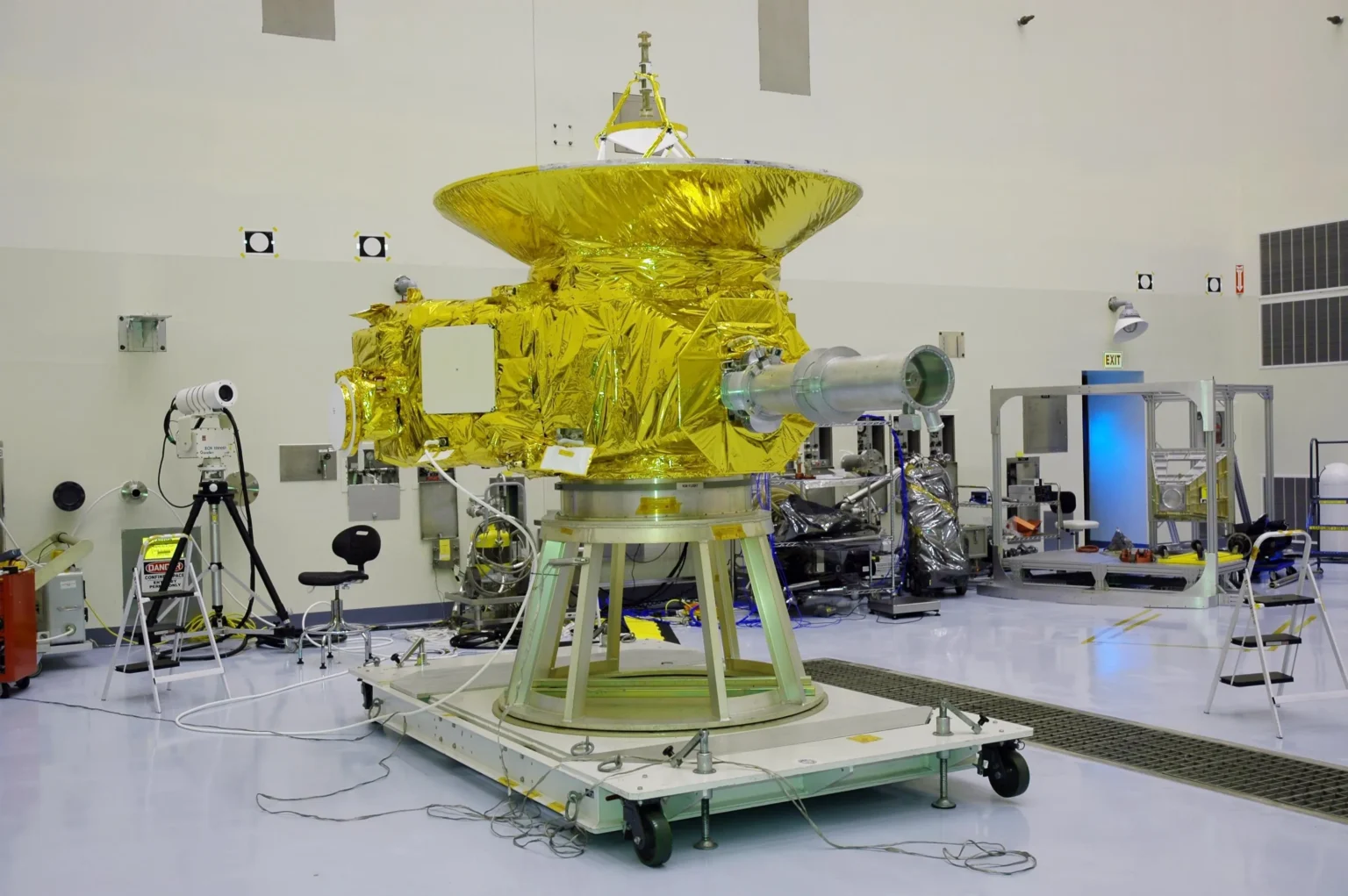
In 2015, New Horizons made a historic visit to Pluto. The images it took amazed researchers. It turned out that Pluto has a “heart” (a huge region of characteristic shape) and is a geologically active body. Its moon Charon also surprised scientists with a giant system of faults stretching along the equator.
After flying over Pluto, New Horizons headed deep into the Kuiper belt. In 2019, it flew over Arrokoth, a trans-Neptunian object that became the most distant celestial body studied by a spacecraft at close range.
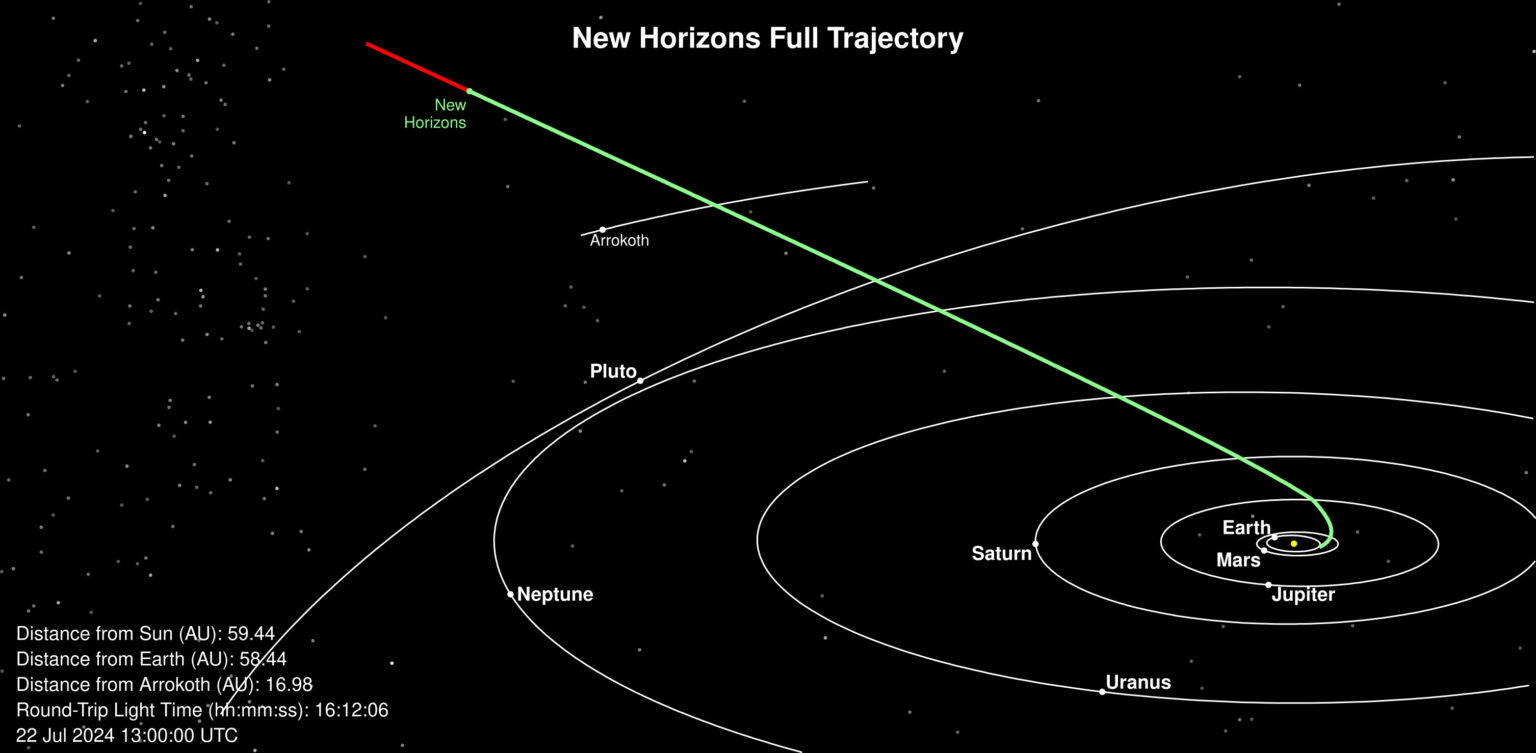
New Horizons‘ journey is still ongoing, and its mission team hopes to find another trans-Neptunian object to which it can be directed. The spacecraft is currently 59.4 AU (8.9 billion km) from the Sun. Every year it moves away from us by 2.88 AU, moving towards the constellation Sagittarius. Scientists hope to maintain contact with New Horizons until the end of the 2030s.
Pioneer 10
Pioneer 10 can rightfully be called a pioneer. It is the first spacecraft in history to cross the asteroid belt and visit Jupiter. Its success paved the way for all subsequent missions that explored the outer reaches of the solar system.
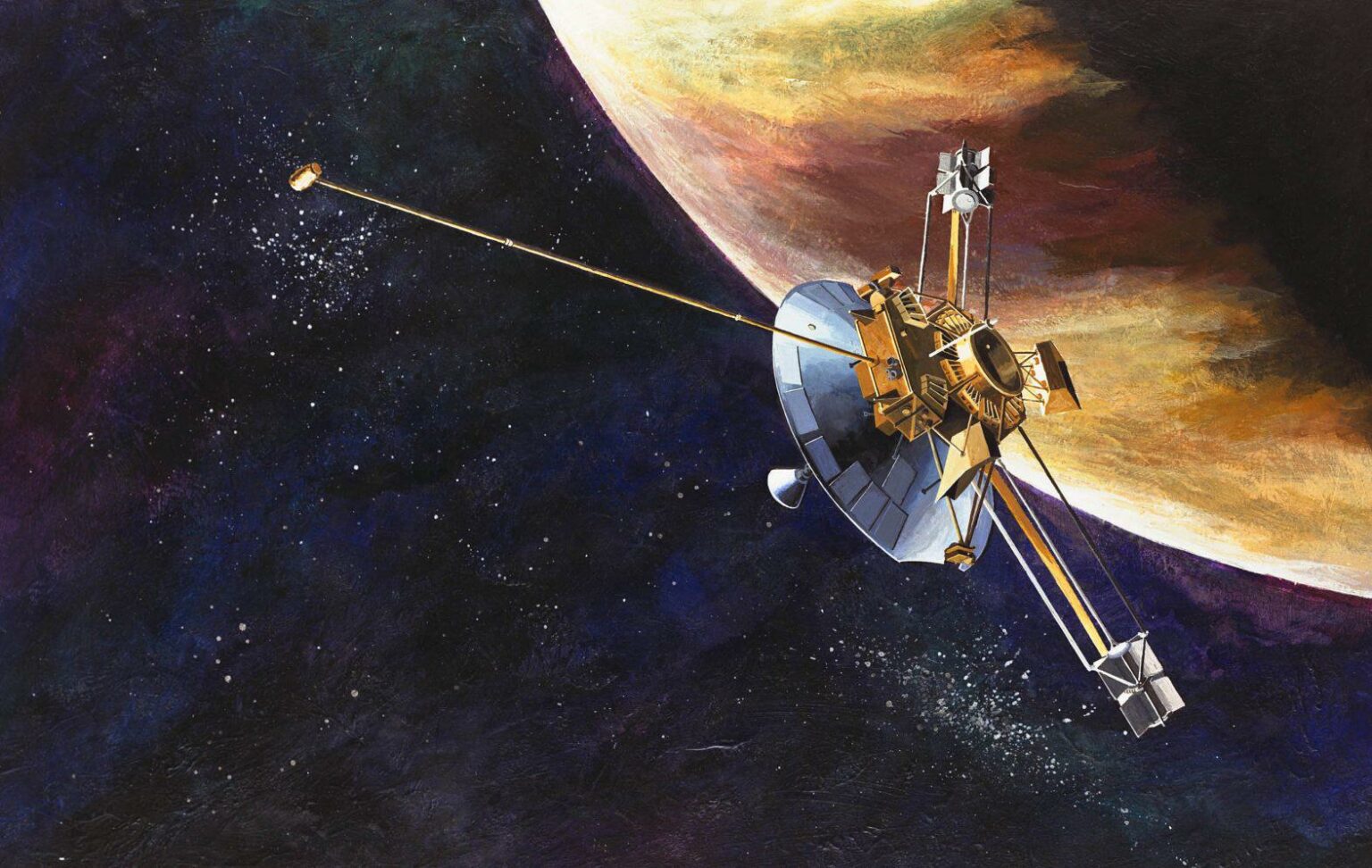
The spacecraft was launched in 1972. At the end of 1973, it flew over Jupiter, taking the most detailed images of the planet at that time. One of the main discoveries of Pioneer 10 was the data on the strength of the gas giant’s radiation belts, which was taken into account when planning subsequent missions to Jupiter.
Jupiter’s gravity accelerated Pioneer 10 to the third space velocity, allowing it to leave the Solar System forever. Thanks to the radioisotope power source, Pioneer 10 maintained communication with Earth until the beginning of the 21st century. The last telemetry from the spacecraft was received on April 27, 2002, and the last weak radio signal was received on January 23, 2003. And this is despite the fact that Pioneer 10 was designed for a nominal lifetime of only 21 months!
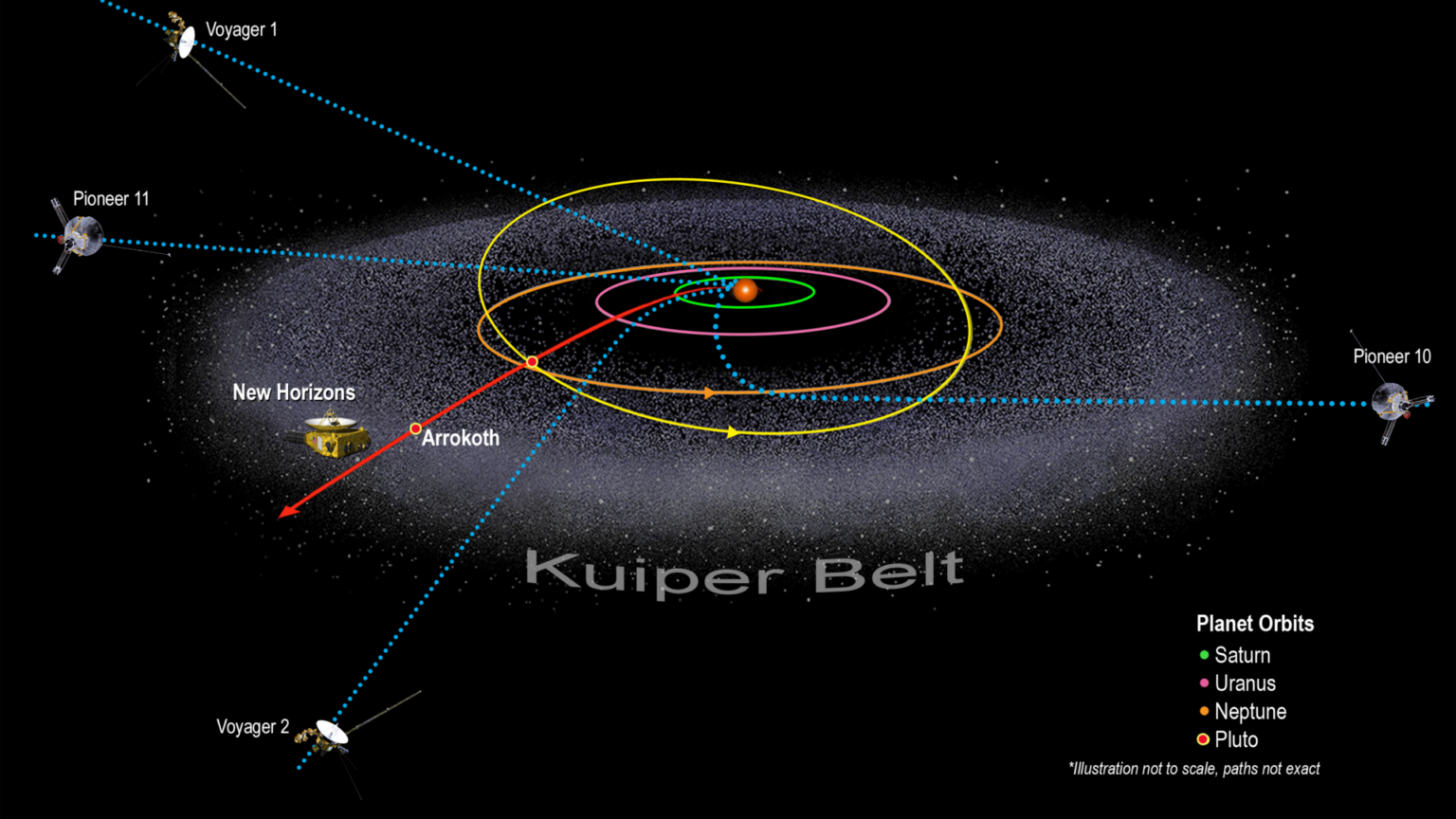
Now Pioneer 10 is 136.5 AU (20.4 billion km) from the Sun and annually increases it by another 2.5 AU. In 90 thousand years, it will fly at a distance of 0.75 light years from the orange dwarf HIP 117795. In case of an encounter with aliens, it carries a gold-plated aluminum plate with a message for representatives of extraterrestrial civilizations.
Pioneer 11
Pioneer 11 is the “twin brother” of Pioneer 10 and has an identical design. The spacecraft was launched in 1973. In 1974, it made a flyby of Jupiter, after which engineers used the gas giant’s gravity to guide it to Saturn. Pioneer 11 flew over the planet’s rings in 1979, becoming the first spacecraft in history to visit its vicinity.

During these maneuvers, Pioneer 11 also gained enough speed to leave the solar system forever. NASA maintained contact with it until 1995.
Now Pioneer 11 is at a distance of 114.2 AU (17 billion km) from the Sun and annually increases it by another 2.35 AU. In 928 thousand years, it will fly at a distance of 0.82 light years from the orange dwarf TYC 992-192-1. Like Pioneer 10, it also carries a record with a message for representatives of extraterrestrial civilizations.
Voyager 2
The endless journey of Voyager 2 began in August 1977. Interestingly, despite its higher serial number, it was launched a few weeks earlier than its “brother” Voyager 1.
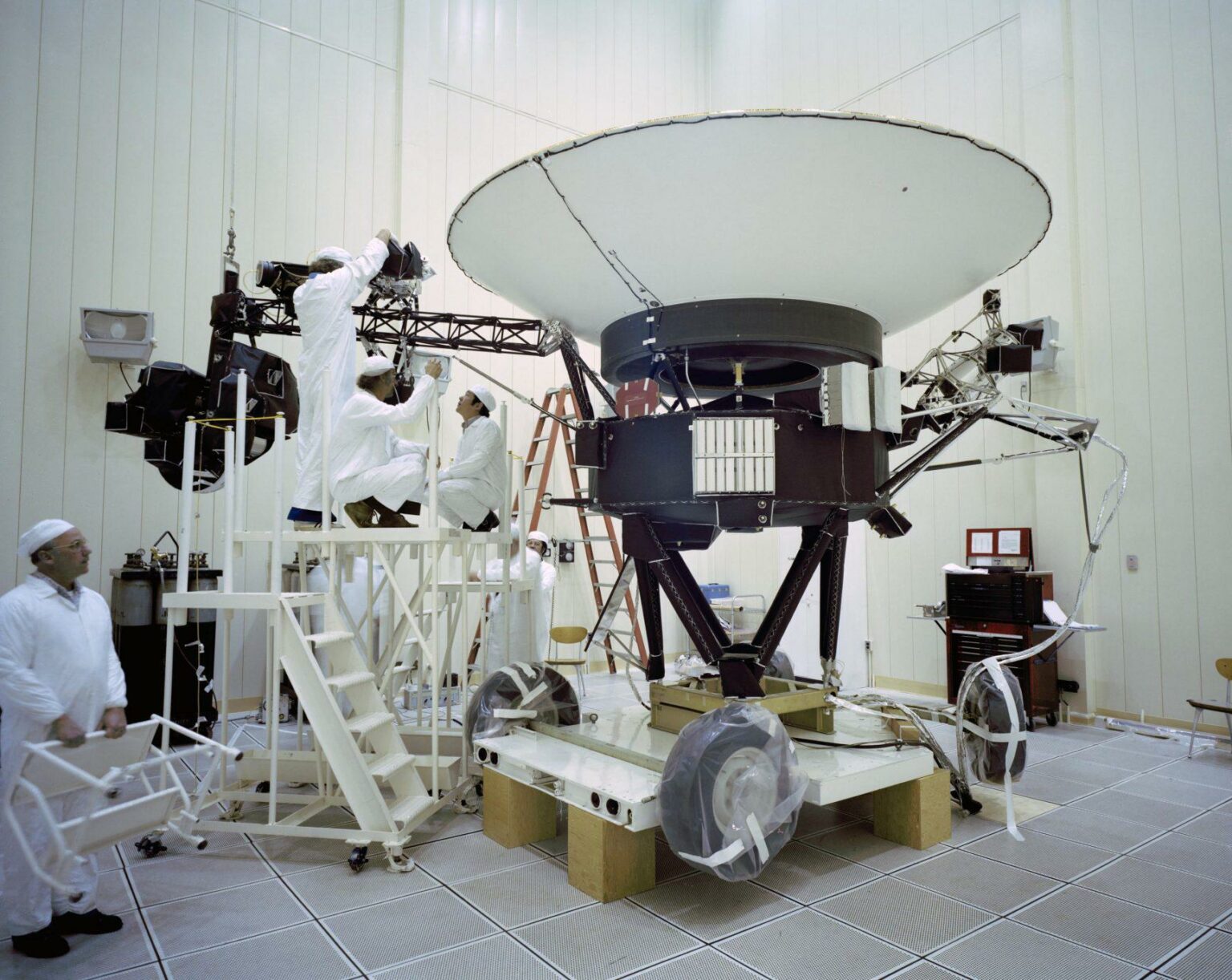
To this day, Voyager 2 is the author of a unique achievement: it is the only spacecraft in history to have studied all four giant planets of the Solar System. Moreover, no other earthly messenger has yet visited either Uranus or Neptune. So much of what we know about these planets and their moons is based on Voyager 2‘s observations and images.
Recently, Voyager 2 overtook Pioneer 10 to become the second farthest spacecraft from the Sun. It has now moved 137.1 AU (20.5 billion km) away from the Sun and is increasing its distance by another 3.22 AU annually. The device is still in contact with the Earth and transmits data about the environment. NASA hopes to keep in touch with it until the end of this decade or the beginning of the next.
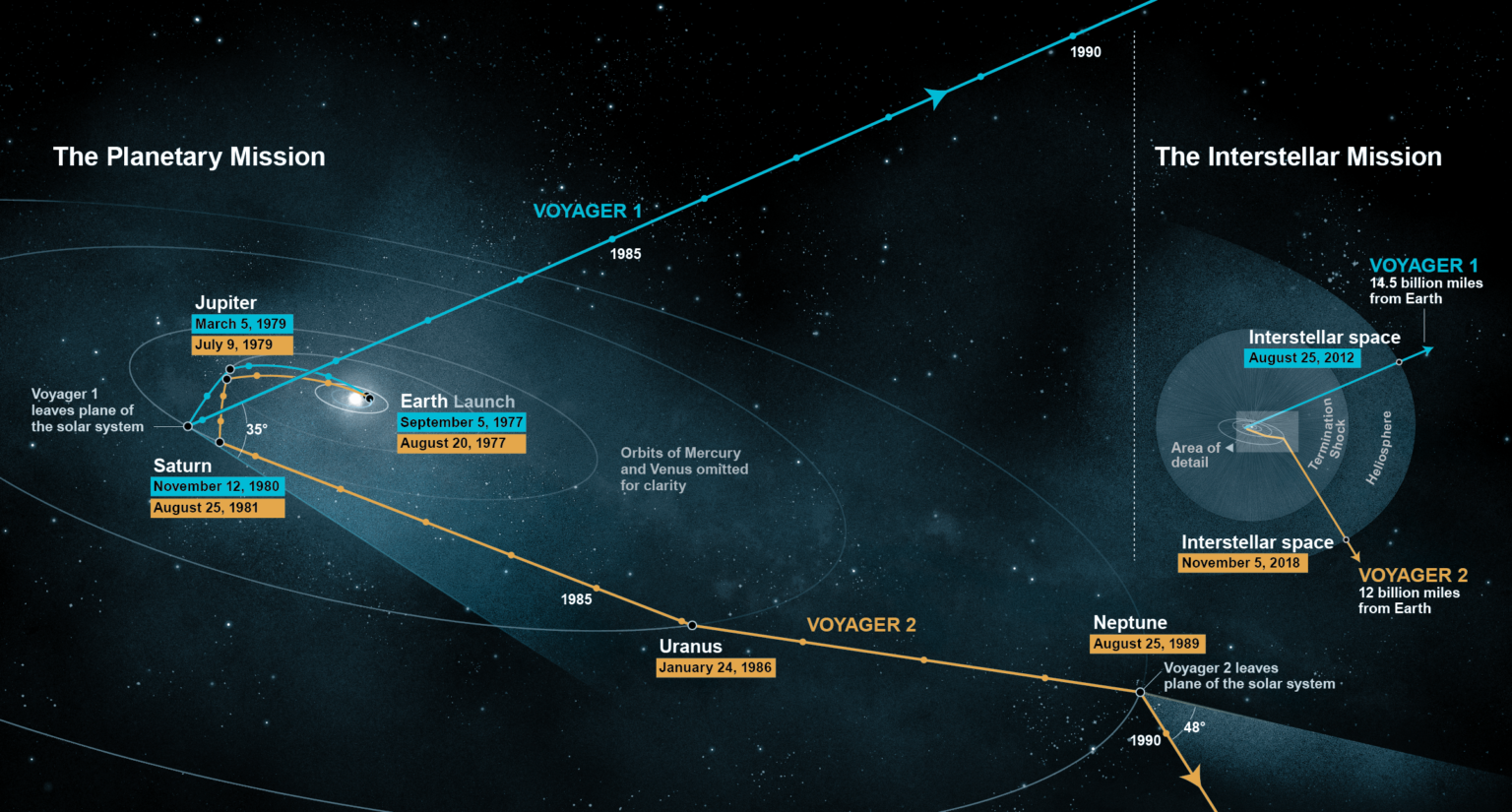
In the event of a meeting with representatives of extraterrestrial civilizations, Voyager 2 has a famous golden record with a message on board. It was prepared by a group of scientists led by the famous popularizer of science Carl Sagan. Interestingly, the record also features a photo of Ukrainian runner Valeriy Borzov, who was the fastest man in the world at the time the message was prepared. In 42 thousand years, Voyager 2 will come within 1.7 light years of the red dwarf Ross 248. In 296 thousand years, it will fly at a distance of about 4 light years from Sirius.
Voyager 1
Voyager 1 was launched in September 1977. Since the spacecraft followed a slightly different trajectory, it soon overtook Voyager 2. In 1979, Voyager 1 made a flyby of Jupiter, and two years later — Saturn. The gravity of the gas giants accelerated it to a record heliocentric speed of 16.9 km/s or 3.57 a.u. per year.
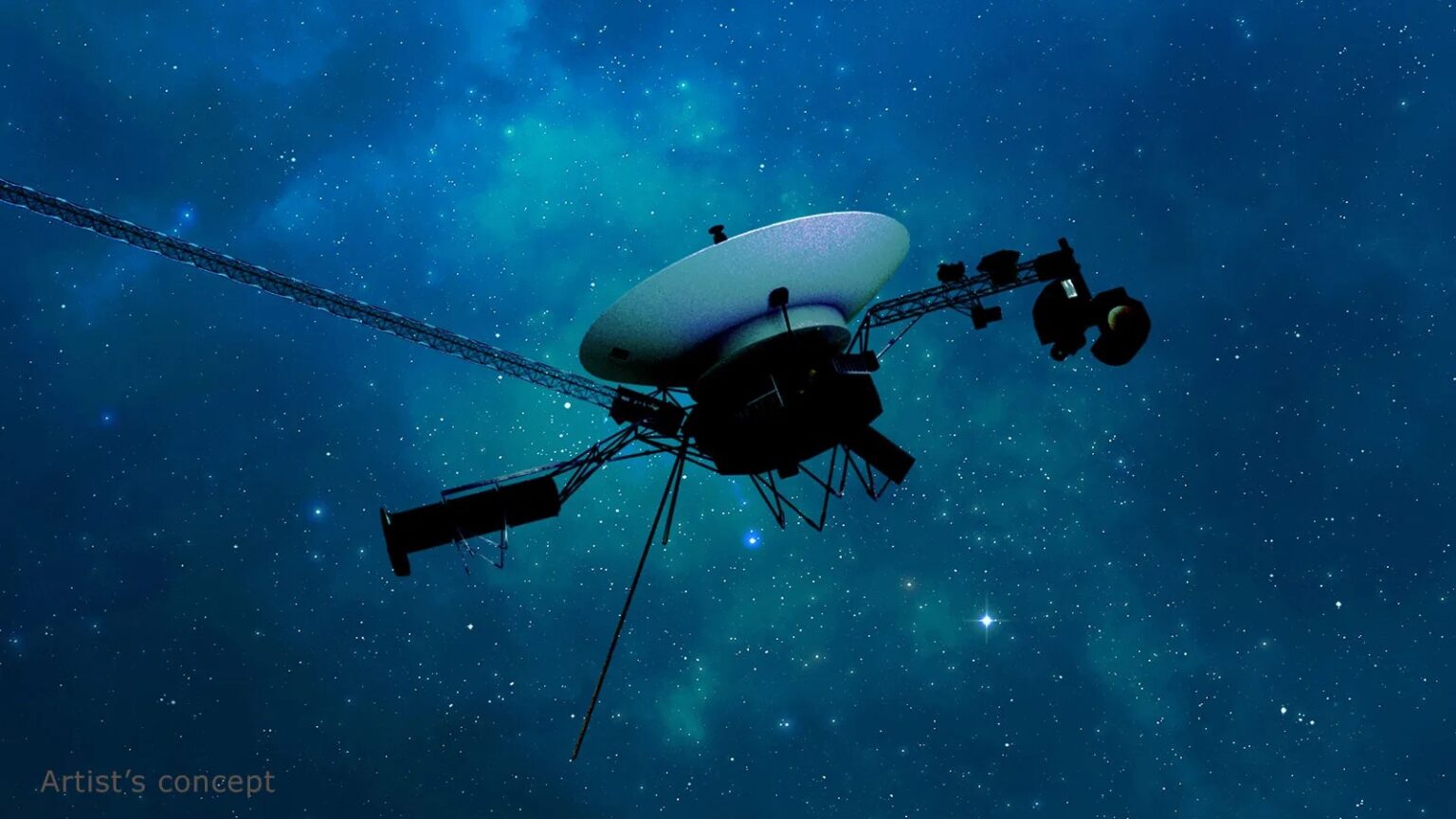
This made Voyager 1 the most distant spacecraft in history. It also became the first earthly messenger to reach interstellar space. Now Voyager 1 is located at a distance of 164.1 AU (24.5 billion km from the Sun). It takes 22.5 hours for a signal emitted from Earth to reach the spacecraft. It takes even longer to receive a response.
Despite the recent technical problems, Voyager 1 is still operational and transmitting data to Earth. As with Voyager 2, NASA hopes to keep in touch with it until the beginning of the next decade.
According to the latest estimates, in about 40 thousand years, Voyager 1 will approach the star Gliese 445 at a distance of 1.6 light years. After 260 thousand years, the spacecraft will pass at a distance of less than a light year from the red dwarf TYC 3135-52-1. Like Voyager 2, it also carries a golden record with a message for extraterrestrial intelligence. Perhaps one day it will reach its addressee.


